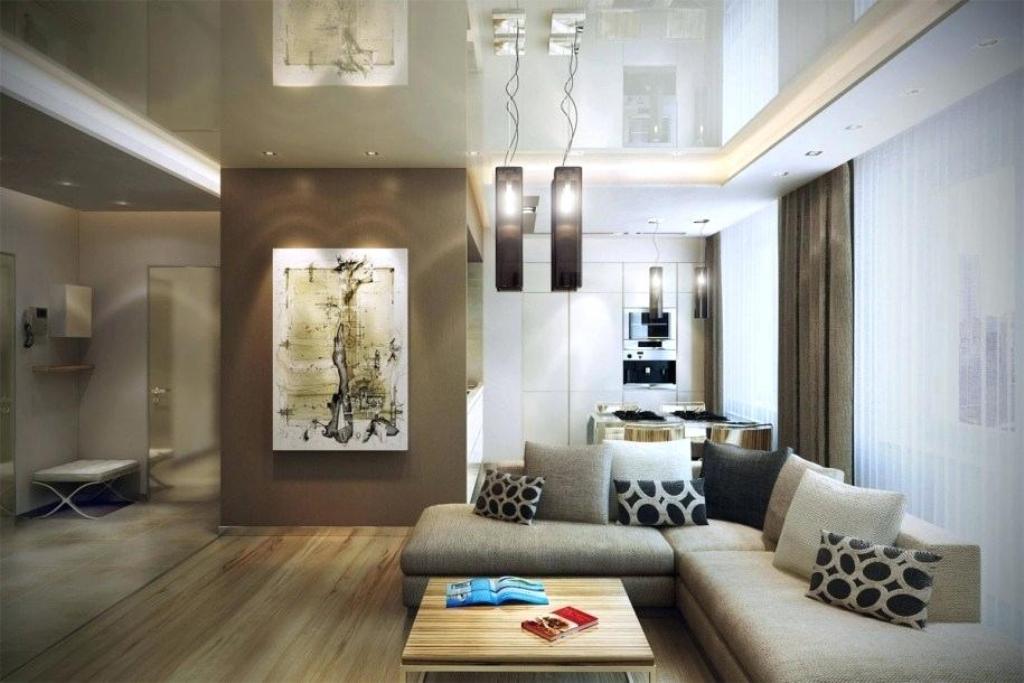According to the Journal of Business Research, creating a mood board is a great way of setting the scene for a project, while also allowing for creative freedom.
So, whether you’re decorating a room, designing a website, logo or landing page, or creating a photography portfolio, a mood board is a great starting point to your project.
But what can you do to make your board stand out? Read our four mood board ideas and we’re sure you’ll end up feeling a lot more inspired!
1. Don’t Stick to the Digital
Nowadays, when we want to create a mood board, we automatically think of going online to look for our resources. Which is understandable, since you can find pretty much anything in the World Wide Web.
But creatives have been around for years and years. So where did they get their inspiration before they were one click away from any information they needed?
Besides using new media, it can be a good idea to look at traditional media, visit relevant places and do some field research when you’re creating mood boards.
It’s a little bit more work, but this way you’ll have way more material to use!
2. Use Your Work
Before, we suggested you add a new type of external inspiration to your mood board creation process.
But the truth is that you don’t always need to look at the work of others at all. If the type of project allows, why not create your mood board with pieces you’ve created so far, that you’re considering using in the final product?
This way it’ll be a lot clearer to understand the direction you’re looking to take and, if needed, you can get much more objective feedback on it.
3. Use Words
Not instead of images, of course. But as an explanation for whoever’s looking at the visuals you created.
It’s a great opportunity to add some of your rationale and to explain why you believe your visual choices make sense, more than just displaying them. Plus, it shows that you put thought into every single detail of the project, which always looks good!
4. Think Bigger Than the Project
When you’re working on any type of creative project, you want the final product to make sense with the type of project and industry you’re working with. However, the mood board phase offers a little bit more freedom.
So, instead of limiting your hunt for ideas to resources that are directly related to the project, why not broaden your research?
Let’s say you were going to decorate a living room. Instead of automatically going to look for images of other living rooms, start by choosing a style you want the room to have – vintage, for example.
From there, you start your research for relevant resources that match that style, whether they’re pictures of living rooms, bedrooms or any other type of room. In the end, you’ll end up with way more material to start off the project.
Mood Board Ideas: The Sky’s the Limit!
You’re starting a creative project and that’s exactly what you should be when making your mood board: creative!
The previous four tips are some effective mood board ideas that can add value to your work, but in the end, it’s all about thinking outside of the box and not limiting yourself to the methods that all creatives already know and use.
If you want more inspiration for your new project, feel free to keep exploring our website!




















